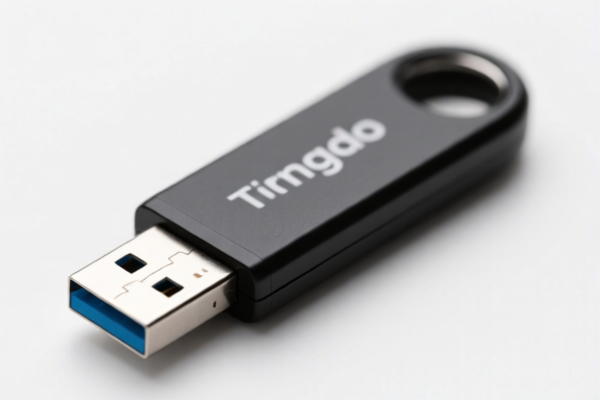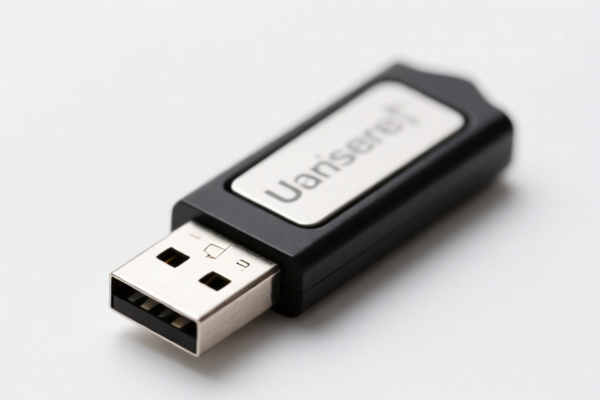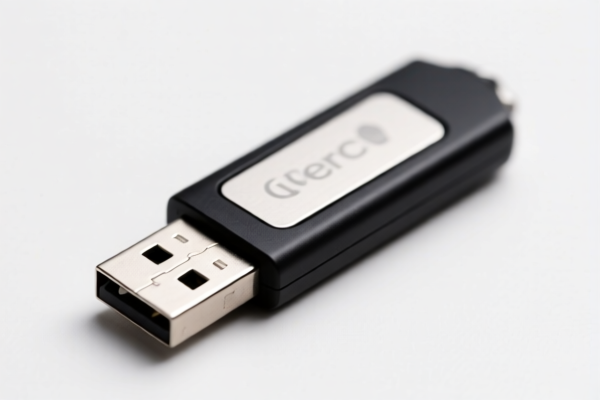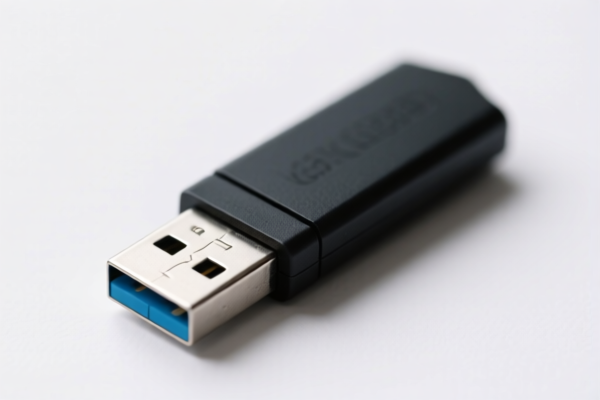| HS Code | Official Doc | Tariff Rate | Origin | Destination | Effective Date |
|---|---|---|---|---|---|
| 8523410000 | Doc | 37.5% | CN | US | 2025-05-12 |
| 8523802000 | Doc | 37.5% | CN | US | 2025-05-12 |
| 8548000000 | Doc | 55.0% | CN | US | 2025-05-12 |
| 8523510000 | Doc | 37.5% | CN | US | 2025-05-12 |
| 8471704035 | Doc | 55.0% | CN | US | 2025-05-12 |
| 8471705035 | Doc | 55.0% | CN | US | 2025-05-12 |




USB Floppy Drive
A USB floppy drive is an external storage device that allows computers to read and write data on floppy disks via a Universal Serial Bus (USB) port. It bridges the gap between older floppy disk technology and modern computers lacking built-in floppy disk drives.
Material:
- Enclosure: Typically constructed from plastic (ABS or similar) for lightweight portability and durability.
- Drive Mechanism: Contains the core components of a standard 3.5-inch floppy disk drive, including a motor, read/write heads, and circuitry.
- Interface: Utilizes a USB connector (typically USB 2.0 or USB 1.1) and associated electronic components for data transfer.
- Cable: Often includes a USB cable for connecting to the host computer.
Purpose:
The primary purpose of a USB floppy drive is to provide access to data stored on floppy disks. This is useful for:
- Data Recovery: Accessing data from older floppy disks that may no longer be accessible on computers without a native floppy drive.
- Legacy System Compatibility: Utilizing floppy disks with modern computers for tasks requiring this older storage medium.
- Booting: In some cases, used to boot older operating systems or diagnostic tools from floppy disks.
- File Transfer: Transferring small files between computers, although this is a slow and limited method compared to modern alternatives.
Function:
The device functions by:
- Connection: Connecting to the host computer via the USB port.
- Power: Receiving power from the USB connection.
- Disk Insertion: Accepting a 3.5-inch floppy disk.
- Data Access: Reading data from or writing data to the floppy disk using the internal drive mechanism.
- Data Transfer: Transferring the data between the floppy disk and the host computer via the USB interface.
- Control: Utilizing computer software (drivers) to manage the data transfer process.
Usage Scenarios:
- Archiving: Accessing old data archives stored on floppy disks.
- Retro Computing: Using floppy disks with older computer systems or emulators.
- Industrial Equipment: Some older industrial machines or devices may still rely on floppy disks for software updates or configuration.
- Emergency Boot: Booting a computer from a floppy disk in the event of a system failure or operating system issue.
Common Types:
- USB 1.44MB Floppy Drive: The most common type, supporting the standard 1.44MB floppy disk format.
- USB 720KB Floppy Drive: Supports the older 720KB floppy disk format. Less common.
- Portable USB Floppy Drives: Compact and lightweight designs for easy portability.
- Internal USB Floppy Drives: Less common, designed to be installed inside a computer case. (These are rare, as external drives are more common).
- Multi-Format Drives: Some drives support both 1.44MB and 720KB disks.
The declared goods, a USB floppy drive, are data storage devices used for reading and writing data to floppy disks via a USB interface. These devices function as both a reader and a storage unit, enabling data transfer between computers and floppy media. They are typically used for data backup, software installation from older media, and compatibility with legacy systems.
The following HS codes are relevant based on the provided reference material:
-
8523510000: Data storage devices, including magnetic or optical readers, and data storage media. (While not explicitly mentioned, a floppy drive is a data storage device). This code covers the general category of data storage devices, which includes floppy drives.
- 85: Electrical machinery and equipment and parts thereof; sound recording or reproducing apparatus, television-image transmitting or reproducing apparatus, and parts and accessories of such articles.
- 23: Recording media, including magnetic or optical readers, machines for transcribing data onto data media in coded form and machines for processing such data.
- 51: Data storage devices, including magnetic or optical readers.
-
8471704035: Automatic data processing machines and units thereof; magnetic or optical readers, machines for transcribing data onto data media in coded form and machines for processing such data, not elsewhere specified or included: Storage units: Magnetic disk drive units: Other: Not assembled in cabinets, and without attached external power supply Flexible (floppy) magnetic disk drive units. This code specifically covers flexible (floppy) magnetic disk drive units not assembled in cabinets and without an attached external power supply.
- 84: Nuclear reactors, boilers, machinery and mechanical appliances; parts thereof.
- 71: Automatic data processing machines and units thereof.
- 70: Storage units.
- 40: Magnetic disk drive units.
- 35: Other: Not assembled in cabinets, and without attached external power supply Flexible (floppy) magnetic disk drive units.
-
8471705035: Automatic data processing machines and units thereof; magnetic or optical readers, machines for transcribing data onto data media in coded form and machines for processing such data, not elsewhere specified or included: Storage units: Magnetic disk drive units: Other: Other Flexible (floppy) magnetic disk drive units. This code covers flexible (floppy) magnetic disk drive units, including those assembled in cabinets or with attached external power supplies.
- 84: Nuclear reactors, boilers, machinery and mechanical appliances; parts thereof.
- 71: Automatic data processing machines and units thereof.
- 70: Storage units.
- 50: Magnetic disk drive units.
- 35: Other: Other Flexible (floppy) magnetic disk drive units.
Regarding HS codes 8471704035 and 8471705035, the description specifies "Flexible (floppy) magnetic disk drive units". It is important to confirm whether the USB floppy drive is indeed a flexible (floppy) magnetic disk drive unit to ensure correct classification.
Customer Reviews
No reviews yet.